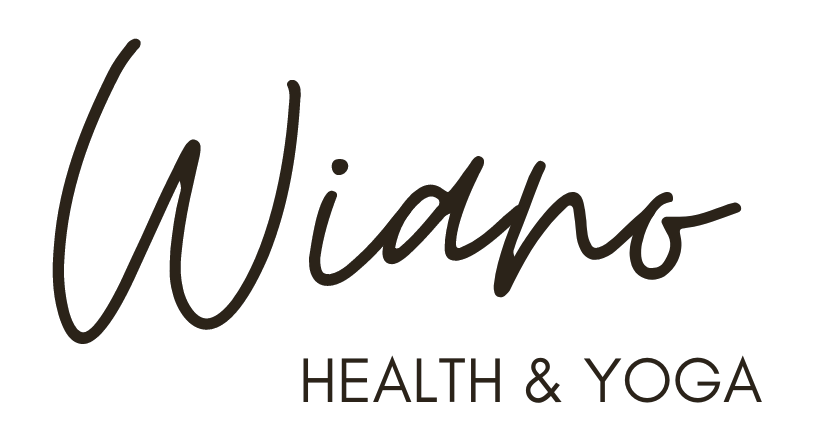The Transformative Power of Props in Iyengar Yoga.
Iyengar Yoga is a form of yoga known for its focus on precision, alignment, and detailed instruction. It was developed by B.K.S. Iyengar, an influential yoga teacher who played a significant role in popularizing yoga around the world. Here are some key aspects of Iyengar Yoga:
Emphasis on Alignment: Iyengar Yoga places a strong emphasis on precise alignment in each posture. This attention to detail aims to develop strength, mobility, and stability and is believed to ensure the effective and safe practice of yoga.
Use of Props: This style is known for its innovative use of yoga props, such as belts, blocks, blankets, and chairs. These props help students achieve the correct alignment in a pose, regardless of their experience level or physical limitations.
Sequencing: The sequences of poses in Iyengar Yoga are carefully planned to develop strength, flexibility, and balance in a systematic way. Certain sequences are also used therapeutically to address specific health issues.
Longer Hold Times: Compared to some other styles of yoga, Iyengar often involves holding poses for longer periods. This approach allows for deeper concentration and a more thorough exploration of each posture.
Focus on Individual Needs: Teachers of Iyengar Yoga are trained to modify poses to accommodate individual needs, making the practice accessible to people of all ages and health conditions.
Therapeutic Approach: Iyengar Yoga is often used therapeutically to help manage and alleviate conditions like chronic pain, stress, and various musculoskeletal and neurological disorders.
Overall, Iyengar Yoga is renowned for its thoroughness, precision, and depth, offering benefits that extend beyond physical fitness to include mental and emotional well-being.
In Iyengar Yoga, props like yoga bolsters and blocks are used to facilitate learning, improve alignment, and adjust poses to individual needs. Here are some examples of how these props are used in common Iyengar Yoga asanas (poses):
Using Yoga Bolsters
Supported Paschimottanasana (Seated Forward Bend): A bolster is placed on the thighs, and the practitioner bends forward, resting their forehead and arms on the bolster. This modification helps in gently stretching the spine and hamstrings without straining.
Supported Setu Bandha Sarvangasana (Bridge Pose): A bolster is placed under the sacrum to support the lower back in the bridge pose. This helps in opening the chest and reducing strain on the back.
Supta Baddha Konasana (Reclined Bound Angle Pose): A bolster is placed along the spine, and the practitioner lies back on it with the soles of their feet together and knees falling outwards. This prop use helps in a deeper chest opening and relaxation.
Using Yoga Blocks
Ardha Chandrasana (Half Moon Pose): A block can be placed under the hand for support in this balancing pose, making it more accessible for those with less flexibility or balance.
Utthita Trikonasana (Extended Triangle Pose): Blocks can be used under the hand for those who can't reach the floor. This helps maintain proper alignment without compromising the integrity of the pose.
Uttanasana (Standing Forward Bend): In Uttanasana, blocks can be placed under the hands for those who are unable to reach the floor. This modification allows for a full forward bend while maintaining the length of the spine and alignment, making the pose more accessible for practitioners with tight hamstrings or lower back issues.
In summary, the use of bolsters, blocks, and other props in Iyengar Yoga is integral to the practice. They are used not only to make yoga more accessible but also to enhance the understanding of asanas and ensure a safe and effective practice.
